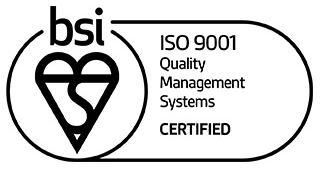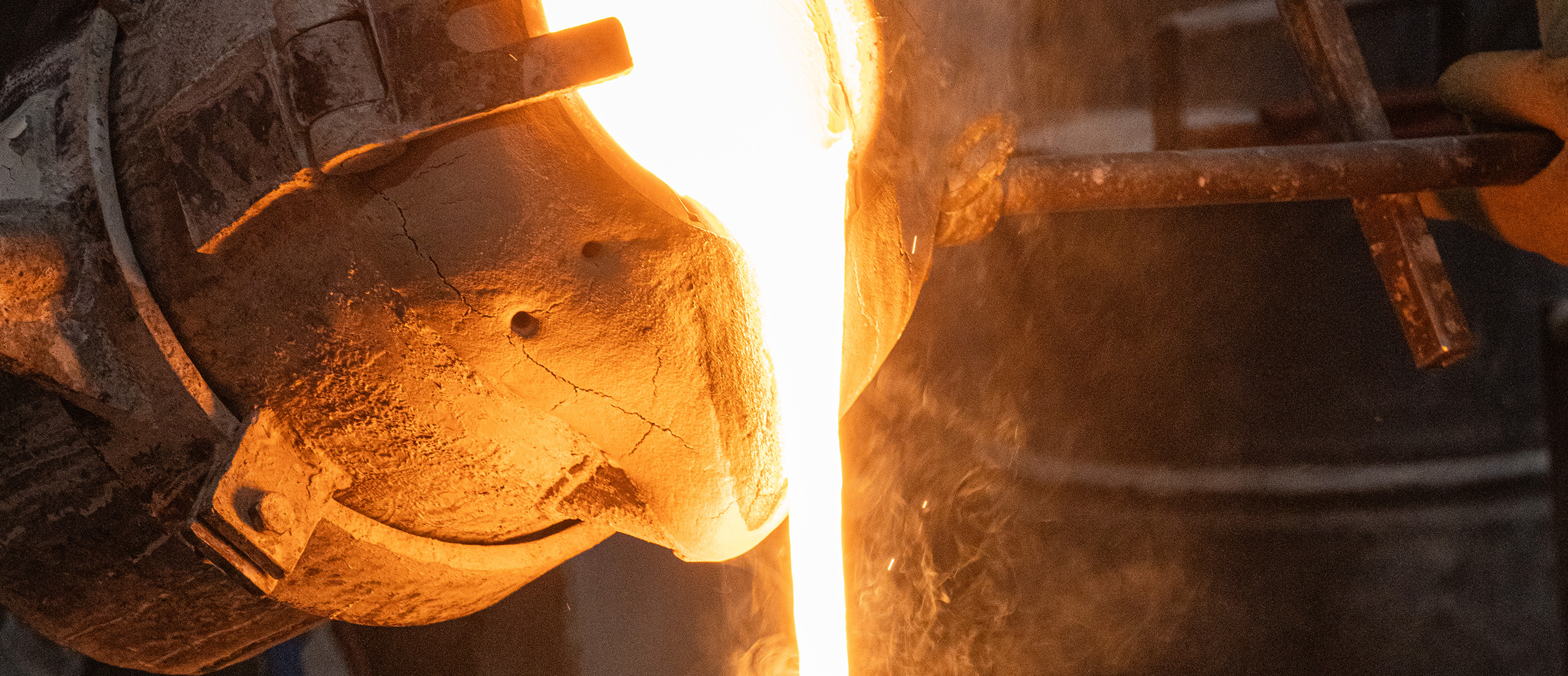Die Casting
Die Casting Services
We offer Die castings to produce complex shapes with high precision and accuracy.
At every stage of the process, from designing the dies to the final casting, our team ensures that quality and transparency remain paramount. We work closely with our clients, explaining each step and tailoring our approach to meet the specific demands of their projects. This commitment to clarity and excellence helps guarantee that every component we produce performs reliably in its intended application.
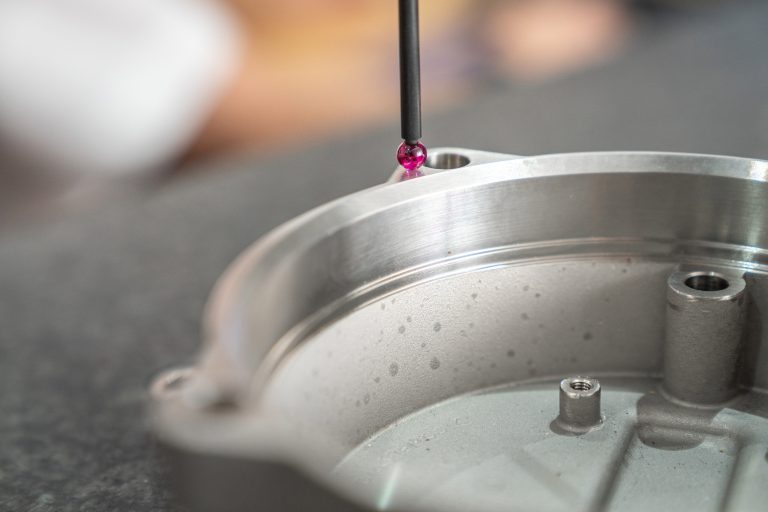
Types of Die Casting
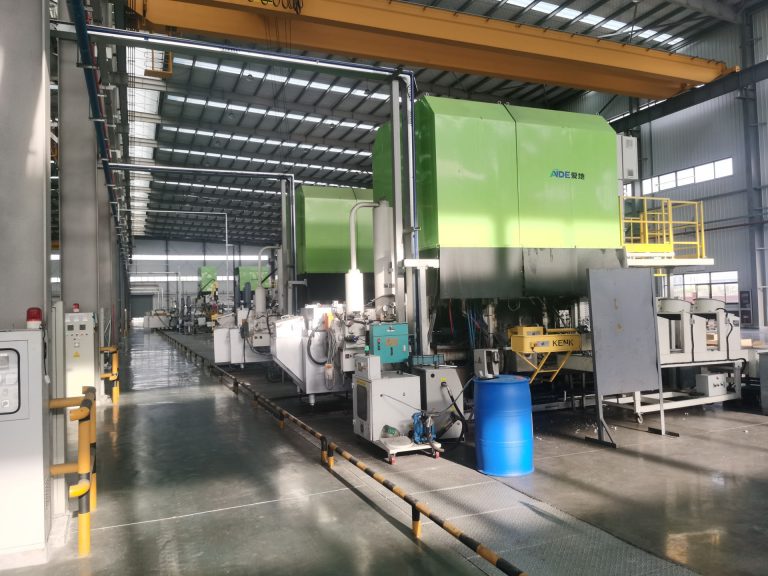
Pressure Die Casting
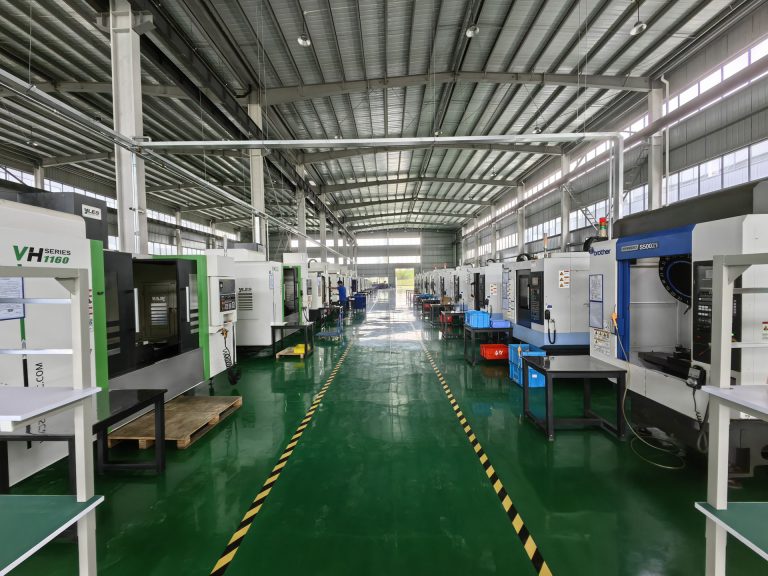
Gravity Die Casting
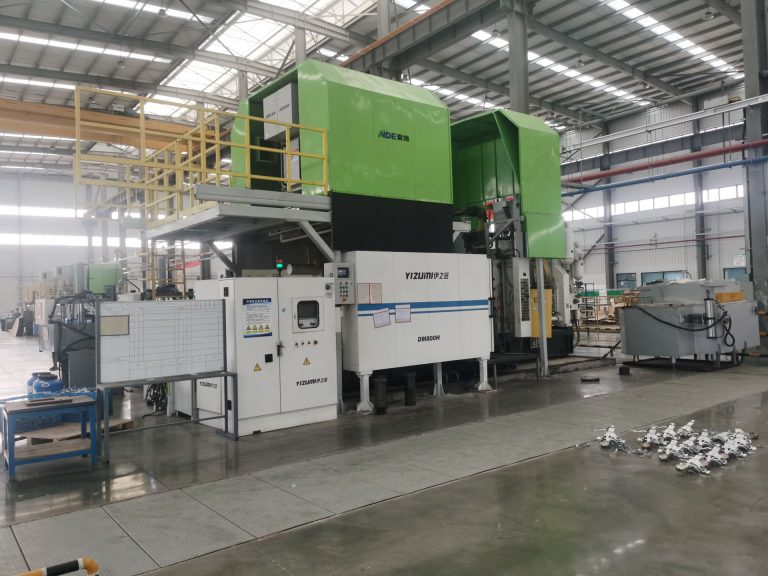
Process
The die castings process is carried out by our partner foundries in Asia and complemented by stocking facilities here in the UK with a fully inspected and tested casting, delivered to customers’ specifications.
The die casting process generally involves:
Die preparation
Metal preparation
Metal injection
Cooling
Ejection
Trimming
This process allows for the rapid production of complex components with high dimensional accuracy and excellent surface finishes. Instead of using wax patterns like in investment casting, die casting relies on durable dies that are designed to withstand the stresses of high-speed metal injection and rapid cooling.
Advantages
The die casting process offers many advantages over traditional manufacturing methods such as cost savings, improved accuracy, and faster production times.
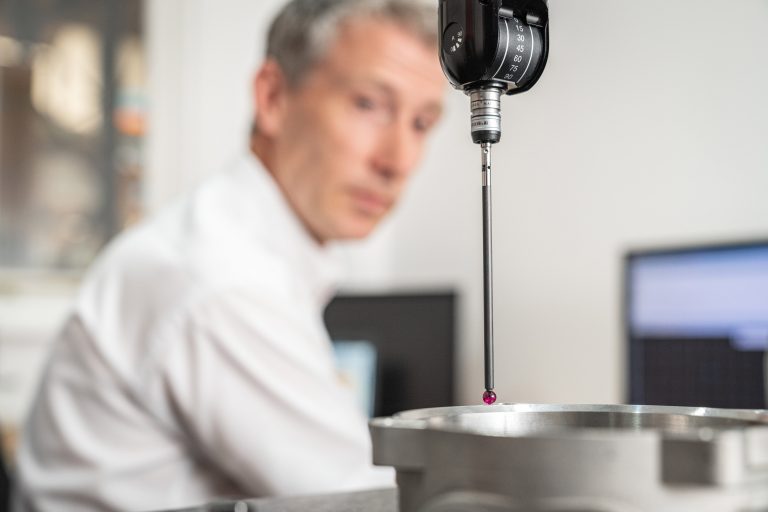
Fast Production
Our die casting process allows us to manufacture parts at speed with shorter lead times, which is ideal for high-volume orders.
Intricate Castings
We have the capability to produce intricate castings with complex geometries and tight tolerances. Our experienced team can help you design and develop your product from concept to completion.
Dimensionally Accurate
Even when manufactured at speed, the die casting production process maintains reliability with parts remaining within their tolerances and high-quality finishes.
Reliable Quality
We use the latest technology and processes to ensure that all our castings are of the highest quality and meet all industry standards and regulations. Dean Group International is a member of the Cast Metals Federation and BSI ISO 9001:2015 accredited, so you know you can trust us to guide you through your project and provide you with an excellent final result.
Frequently Asked Questions
Die casting is another popular way to create parts and components. The process creates large quantities of complex, intricate parts through the use of a die, which is a reusable mould created to the specific design of your component.
It works by pouring or injecting molten metal under high pressure into a mould cavity. After a die for the production of a part is created, a metal with a low melting point, is forced into the die and cast to manufacture even the most complicated of designs.
Die casting typically utilises non-ferrous metals with low melting points. Common materials include:
- Aluminium
- Zinc
- Magnesium
- Copper alloys
- Lead
- Tin-based alloys
Die casting is ideally suited to manufacturing medium-sized components with intricate details. It is commonly used to produce items such as toys, power tool housings, pumps, compressors, electronic components, measuring instruments and gears.
This process is widely adopted across sectors including automotive, aerospace, electronics, medical devices and consumer goods, where precision and high-volume production are essential.
Die casting excels in producing parts with complex geometries, thin walls and tight tolerances. Its efficiency in high-volume production often minimises or eliminates the need for secondary operations, making it a cost-effective and reliable choice.
Successful die casting design requires uniform wall thickness, rounded edges, smooth transitions between features and proper draft angles for easy part ejection. Selecting the appropriate material is also vital to achieve both the desired performance and finish.
Multiple Finishes
We also offer a range of post-casting services, such as machining, finishing, assembly, and testing.
These qualities make die casting an ideal choice for producing components for a wide range of industries, including automotive, aerospace, medical device manufacturing, and consumer electronics.
Both zinc alloys and aluminium are common metals used in die casting. Zinc is a ductile metal, producing casts with high impact strength and ductility. Aluminium die casting, on the other hand, produces parts that are very lightweight, corrosion-resistant, and have good electromagnetic properties.
Zinc has a low melting point, making it easy to cast parts in multiple sizes and shapes. Castings made of zinc can be re-melted and recycled easily. Zinc alloys are also often used as die casting alloys for consumer electronics.
On the other hand, aluminium pressure die casting produces parts that are very lightweight, corrosion-resistant, and have good electromagnetic properties.
This makes die casted aluminium very suitable for parts used in several industries.
Alloying these metals with other metal elements increases the strength and hardness of the overall material.
Such alloys include, but are not limited to:
Contact Dean Group International for Your Die Casting Quote
Registered in England VAT No: 146307478 Company Registration No: 1062820
